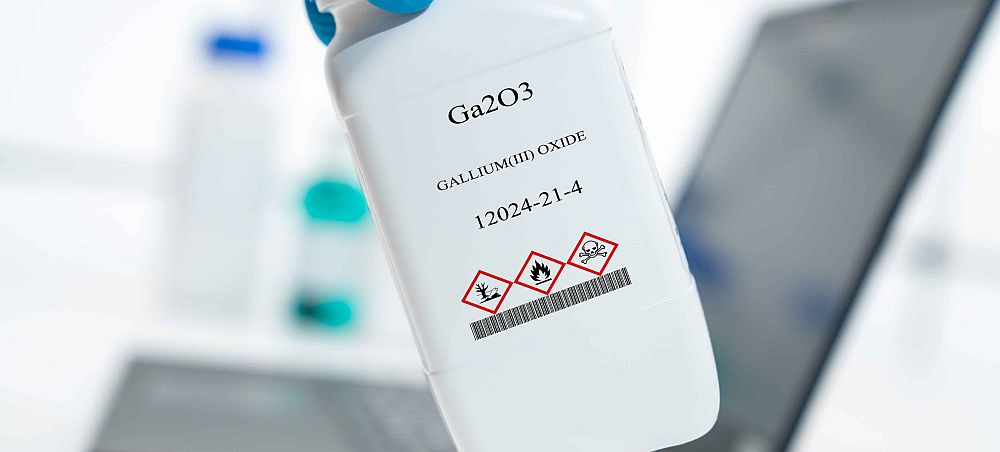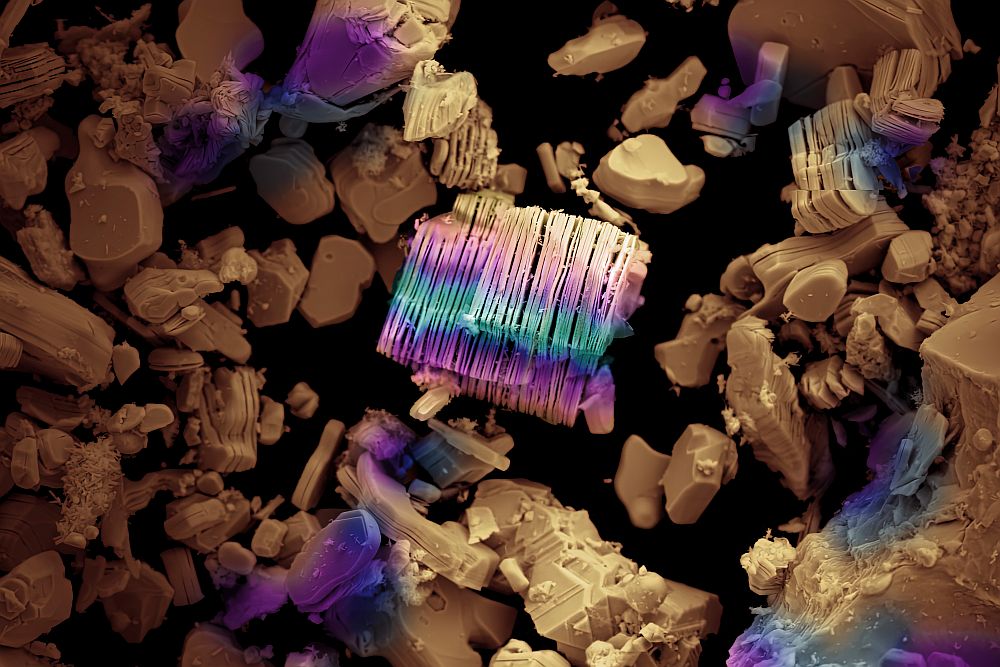‘Poisoning’ increases magnesium corrosion resistance
Scientists have found a way to dramatically increase the corrosion resistance of magnesium: adding arsenic. The lightest structural metal, magnesium has many potential industrial applications but is limited by poor corrosion resistance. A group of researchers from Australia’s Monash University and Commonwealth Scientific and Industrial Research Organization, and the University of Wales, found that addition of very low levels of arsenic to magnesium slows corrosion by effectively ‘poisoning’ the corrosion reaction before it can complete. Arsenic is now being tried as an addition to existing commercial alloys.
Bio-inspired materials to aid industry, military
Scientists at the University of Virginia and the National Science Foundation’s Industry/University Cooperative Research Center for Lasers and Plasmas have developed a laser texturing method that helps surfaces repel water, capture sunlight and prevent ice buildup. The research team produced a metal mold by laser texturing the mold surface to resemble the surface of a lotus leaf, which has a natural water-repellent surface. The mold was then used to produce water-repellent plastic components. The textured surfaces can be applied over large areas, and potentially could have important applications in the aerospace, automotive, defense, communications, and energy industries, the researchers say.
Large structures produced from small, interlocking composite components
MIT researchers have developed a lightweight structure whose small composite blocks can be snapped together much like the bricks of a child’s construction toy. Based on a novel geometry, the parts are said to form structures 10 times stiffer for a given weight than existing ultralight materials. The structures can also be disassembled and reassembled easily to repair damage or to allow reconfiguration into a different geometry. The system consists of flat, cross-shaped composite pieces clipped into a cubic lattice of octahedral cells, similar to the crystal structure of the mineral perovskite. By combining different part types, the researchers have shown they can make morphing structures with identical geometry but that bend in different ways in response to loads.
Designer ‘glue’ improves Li-ion battery life
Researchers at SLAC and Stanford University have created a cathode for lithium-ion batteries that lasts five times longer than earlier designs, according to a report published last month in Chemical Science. The group used lithium sulfide rather than sulfur, allowing the battery’s other electrode to be made from a non-lithium material, such as silicon. But lithium sulfide is an electrical insulator. To overcome this, the scientists mixed electrically conducting carbon particles with the sulfide and used a glue-like binder to hold everything together. The new binder is said to be particularly well-suited for use with a lithium sulfide cathode and also binds strongly with intermediate polysulfide molecules that dissolve out of the cathode and diminish the battery’s storage capacity and useful lifetime. An experimental battery using the new binder, known by the initials PVP, retained 94 percent of its original energy-storage capacity after 100 charge/discharge cycles, compared with 72 percent for cells using a conventional PVDF binder.
Equipping a construction helmet with a sensor can detect the onset of carbon monoxide poisoning
Research calling for the use of a wearable computing system installed in a helmet to protect construction workers from carbon monoxide poisoning, a serious lethal threat in this industry. Carbon monoxide poisoning is a significant problem for construction workers in both residential and industrial settings. The danger exists because the exhaust from gasoline-powered hand tools can quickly build up in enclosed spaces and easily overcome the tool’s users and nearby co-workers. Virginia Tech researchers integrated a pulse oximetry sensor into a typical construction helmet to allow continuous and noninvasive monitoring of workers’ blood gas saturation levels. The results of their study showed that a user of this helmet would be warned of impending carbon monoxide poisoning with a probability of greater than 99 percent.
Webinar: ‘2012 Market Report on U.S. Wind Technologies in Distributed Applications’
The DOE Wind Powering America team hosts live webinars on a variety of themes on the third Wednesday of every month. During the August webinar Alice Orrell, energy analyst at Pacific Northwest National Laboratory, and Heather Rhoads-Weaver, principal consultant at eFormative Options, will provide a detailed overview of DOE’s new 2012 Market Report on U.S. Wind Technologies in Distributed Applications. Jennifer Jenkins, executive director of the Distributed Wind Energy Association, will provide an industry perspective. The free webinar is Wednesday, August 21 at 3:00 p.m. EDT (1:00 p.m. MDT). No registration is required.
Author
Jim Destfani
CTT Categories
- Basic Science
- Electronics
- Energy
Related Posts
‘Fairy circles’ may help mark natural underground hydrogen deposits
September 18, 2025



